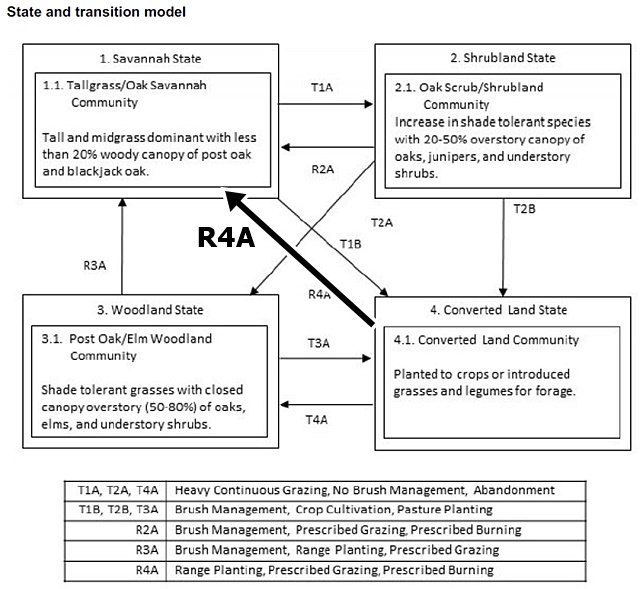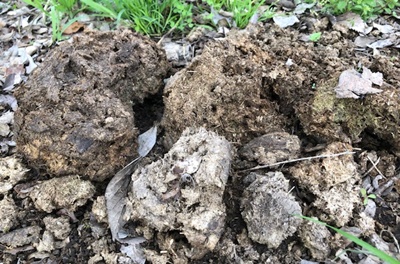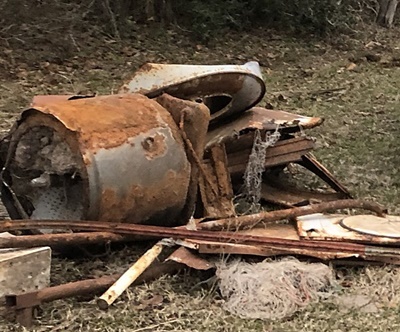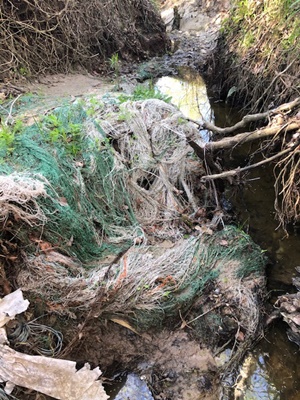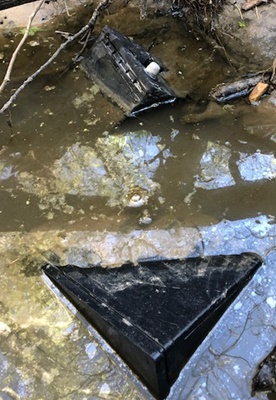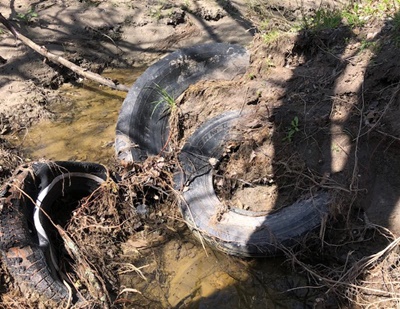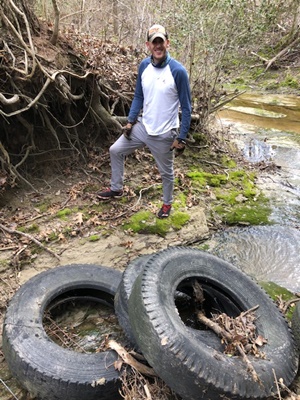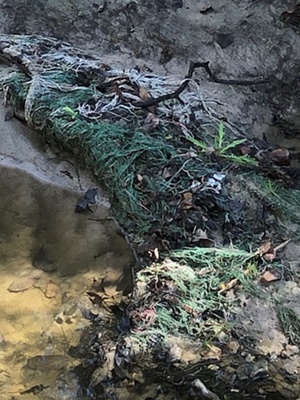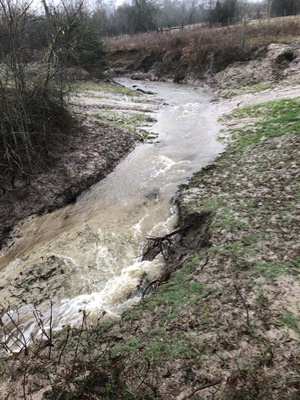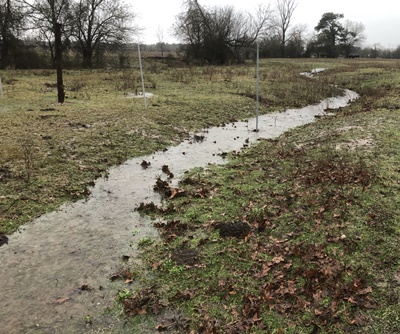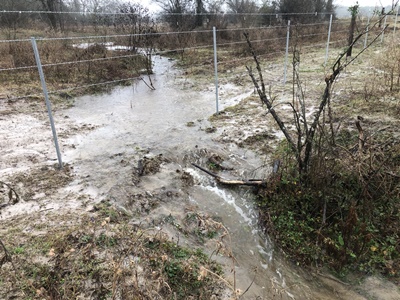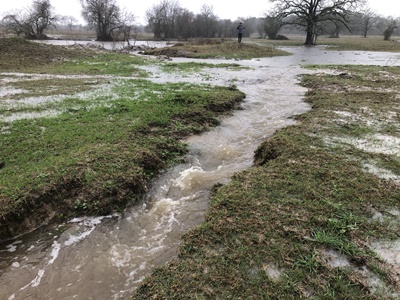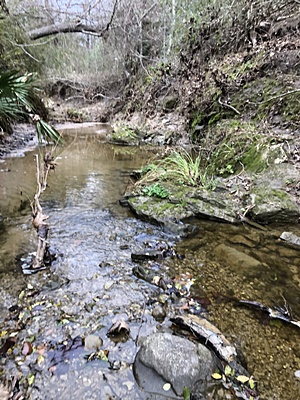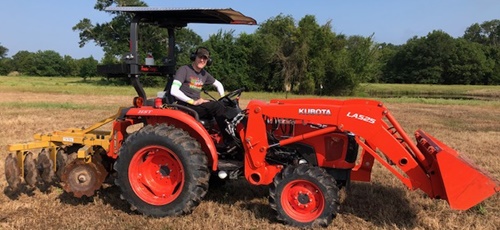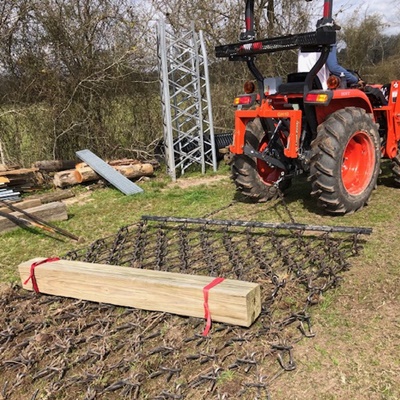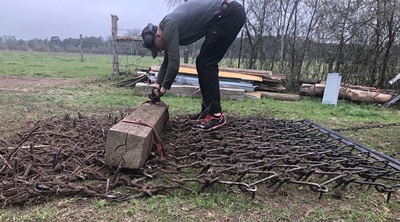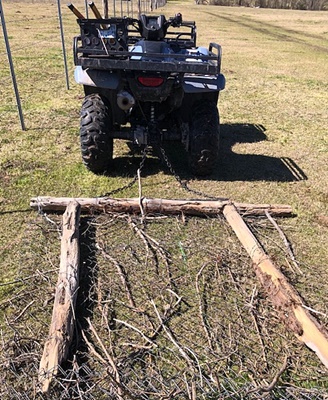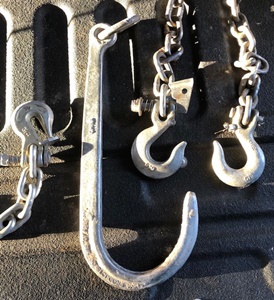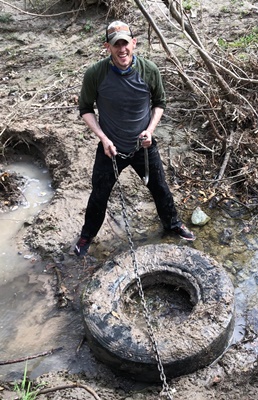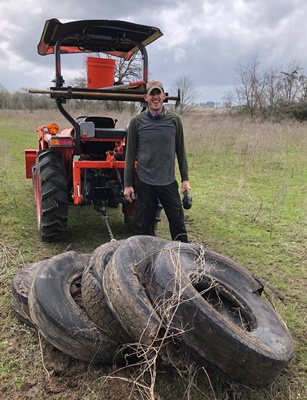Frog Bottom Preserve |
 |
This site discusses activities to convert the "Frog Bottom Preserve" (FB) from a cattle ranch to an environment supportive to native plants and wildlife.
The sites objective is to share information and practices effective in "re-wilding" - returning land to a condition more hospitable to native plants, insects, aquatic animals and birds. There is extensive documentation at an academic level, and often has many helpful details. What was missing for me was case histories where these concepts were actually applied. This site shares information used to make management decisions, and how those decisions were actually conducted in the field.
As a kid, I spent time at a deer lease with my father, did conservation service projects and attended conservation camps in Scouts. Then a stint in the military, followed by 34 years in the oil industry - not a lot of conservation work in either of those industries! After retiring, I really wanted to get back to the conservation principles my dad tried to teach me. So got involved in the local National Forest, and started looking for a ranch I could do conservation work on. That resulted in the start of the Frog Bottom Preserve project.
Acknowledgements: numerous individuals have invested time in field trips, sharing recommendations, providing feedback on planned actions and helping execute plans. A partial list of contributors is linked here.

